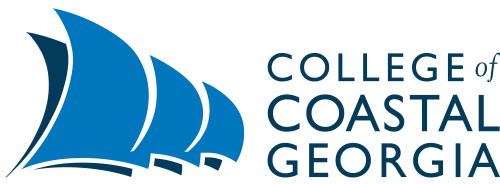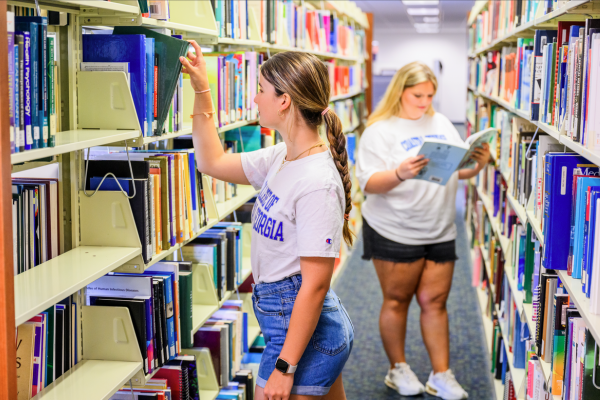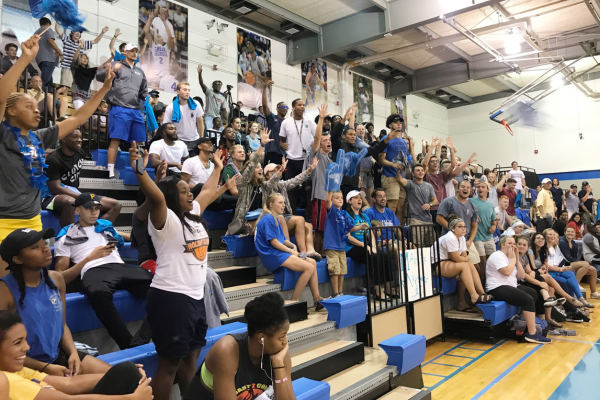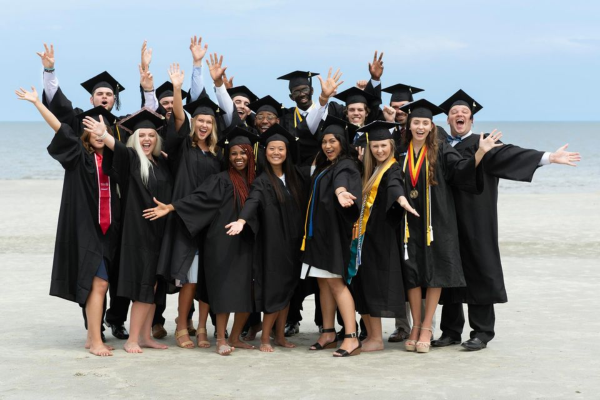- Home
- Reg Murphy Pubs
- Reg Murphy
- Heather Farley
- Collaboration does and can exist in the federal bureacracy
Collaboration does and can exist in the federal bureacracy
Efficiency and collaboration are not words that most people associate with the federal bureaucracy. Many people tend to think about bureaucratic systems in the United States as obstructionist organizations designed to create roadblocks through red tape and bulky organizational structures. According to a 2015 Pew research study, only 32 percent of respondents indicated that they had a favorable view of the Federal Government versus 56 percent and 65 percent favorable ratings of state and local governments respectively.
Yet, there are interesting, effective, and truly collaborative programs that exist within this system, of which most of us are unaware. I had the pleasure of interacting with two such programs this semester through a service learning project in my course, “Managing State and Local Governments,” at College of Coastal Georgia.
The idea for this service learning class (a course designed to meet community needs while promoting student civic learning, academic enhancement and personal growth) developed from an email inquiry from the College/Underserved Community Partnership Program (CUPP) Program Manager and Senior Advisor to the EPA Regional Administrator, Michael Burns.
Michael explained that the CUPP program is designed to connect underserved communities (e.g. Brunswick) with colleges and universities (e.g. College of Coastal Georgia) to deliver technical assistance at no cost. In short, the program makes connections between the community and students to provide information, ideas and assistance. Not only does the community benefit from this assistance, but students have a unique opportunity to apply their academic knowledge to a practical issue.
Through the CUPP program, my students were able to interact directly with regional and federal organizations to gather information about the demographic, economic, and environmental status of McIntosh County, Glynn County and the City of Brunswick. They made connections with Camilla Warren from the EPA Region 4, Lupita McClenning and Allen Burns from the Regional Coastal ommission, and Gloria Huang from the Federal Economic Development Administration (EDA). These connections and the knowledge gained from these individuals are invaluable assets to budding civic leaders looking for career paths and networking opportunities.
We also learned through Ms. Huang at the EDA that as recently as 2016, her organization launched an economic development integration program. This program was formulated to create a bridge between federal agencies so that communities and nonprofits do not have to suffer from the “silo-syndrome” that is so common across agencies. The integration specialists throughout the U.S. provide grant seekers and community stakeholders with information on assistance available from all federal resources for economic development. They are attempting to create a “one-stop-shop” that will streamline the economic development process and generate high-impact projects in communities of need.
While the federal system is by no means perfect either structurally or administratively, programs like CUPP and the EDA integration specialists are helping to address a longtime issue within the federal bureaucracy: connection. The students in this class have learned that economic development issues are multifaceted issues that require collaboration among a variety of stakeholders. It is promising to see that agencies within the federal system are responding by creating bridges rather than silos.
- Heather Farley
- Reg Murphy Center
Reg Murphy Center






